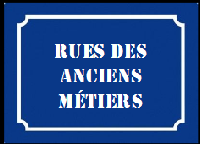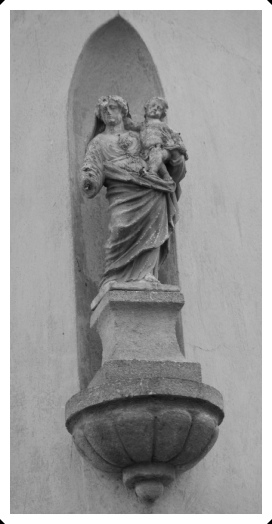Elle porte le nom d’une famille qui y vécut entre 1520 et 1627.
Honorat PAPASSAUDI fut le premier à s’installer dans cette rue en 1520.
Jehan PAPASSAUDI, son fils, fut consul d’Aix.
Honorade PAPASSAUDI, sa fille, légua la somme de 12 000 livres à la ville d'Aix pour construire une chapelle où reposerait son corps. La somme étant insuffisante, les pères Chartreux décidèrent de construire dans leur ancienne église une tombe pour y transporter sa dépouille.
Réflexion d’odonymie :
Cette rue est aujourd'hui divisée en deux parties. Jadis, la partie occidentale s’appelait la Rue du GRAND PUITS parce qu’il y avait … un grand puits à pompe public au croisement avec la Rue de NAZARETH. Une fois ce puits tari, la Rue PAPASSAUDI s'est vue ainsi rallongée ce qui explique sa forme anguleuse actuelle.
It is named after a family who lived there between 1520 and 1627.
Honorat PAPASSAUDI was the first to settle in this street in 1520.
Jehan PAPASSAUDI, his son, was consul of Aix.
Honorade PAPASSAUDI, his daughter, bequeathed the sum of 12,000 pounds to the city of Aix to build a chapel where his body would rest. The sum being insufficient, the Carthusian Fathers decided to build a tomb in their old church to transport his remains.
Odonymy reflection :
This street is now divided into two parts. Formerly, the western part was called the Rue du GRAND PUITS because there was ... a large public pump well at the intersection with the Rue de NAZARETH. Once this well dried up, Rue PAPASSAUDI was thus extended, which explains its current angular shape.


























